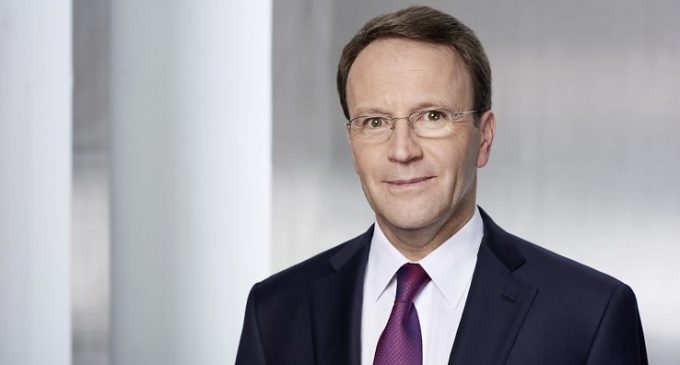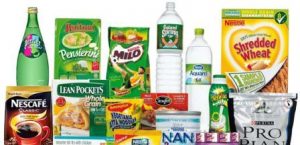Nestlé Benefits From its Diversified Portfolio

Nestlé has posted a 0.8% increase in sales to SFr89.5 billion (€84 billion) for 2016, with a foreign exchange impact of -1.6% and acquisitions net of divestitures reducing sales by 0.8%. Organic growth was 3.2%, as real internal growth reached a three-year high of 2.4%. Pricing was limited at 0.8%, with some improvement in the second half of the year. Pricing is expected to improve further for the full year 2017. Organic and real internal growth were broad-based, highlighting the strength and resilience of Nestlé’s diversified portfolio.
Trading operating profit was SAFr13.7 billion with the margin improving by 20 bps to 15.3%, on a reported basis and up 30 bps in constant currency. The improvement was achieved while investment increased in brand support, digital marketing, research and development, and in the new nutrition and health platforms. Consumer-facing marketing spend increased by 6.3% in constant currency.
Restructuring costs doubled to SFr300 million in 2016 to support structural cost-saving initiatives.
 Mark Schneider (pictured above), who became chief executive of Nestlé at the start of 2017, comments: “Our 2016 organic growth was at the high end of the industry but at the lower end of our expectations. We saw a solid trading operating profit margin improvement and our cash flow grew significantly. Based on these results, our board of directors is pleased to propose the 22nd consecutive dividend increase, underlining our commitment to continuity.”
Mark Schneider (pictured above), who became chief executive of Nestlé at the start of 2017, comments: “Our 2016 organic growth was at the high end of the industry but at the lower end of our expectations. We saw a solid trading operating profit margin improvement and our cash flow grew significantly. Based on these results, our board of directors is pleased to propose the 22nd consecutive dividend increase, underlining our commitment to continuity.”
He adds “In 2017, we expect organic growth between 2% and 4%. In order to drive future profitability, we plan to increase restructuring costs considerably in 2017. As a result, the trading operating profit margin in constant currency is expected to be stable. Underlying earnings per share in constant currency and capital efficiency are expected to increase.”
Nestlé is continuing to invest in future growth and operating efficiency, targeting mid-single digit organic growth and significant structural cost savings by 2020.

































